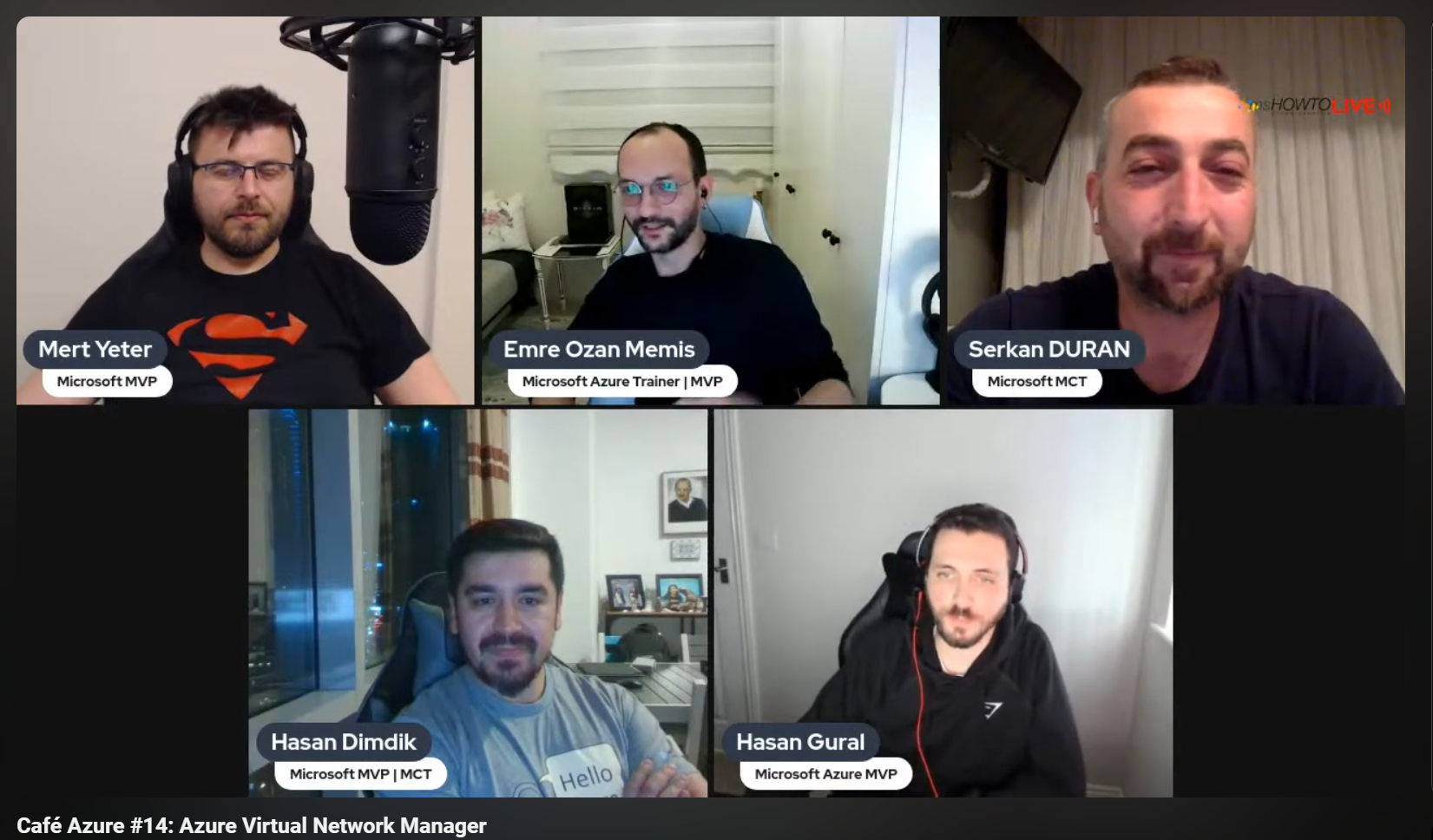Welcome the third part of the blog series SFTP Users for Storage Accounts. In the previous blog post SFTP Users for Storage Accounts - Part 2, we have created containers and local users for the SFTP access. In this blog post, we will use the Azure API to generate the sftp credentials for the local users.
18 posts tagged with "Bicep"
View All TagsSFTP Users for Storage Accounts - Part 2
Welcome back folks! In the previous blog post SFTP Users for Storage Accounts - Part 1, we have created a Bicep template to deploy an Azure Storage Account and initialize the blob service. In this blog post, we will continue to extend the Bicep template to create containers and local users for the sftp access.
SFTP Users for Storage Accounts - Part 1
Hello Folks,
I'm here to talk about an interesting topic today. I will be sharing my experience on how to create SFTP users for Azure Storage Accounts. This is a three-part series. In this first part, we will cover the basics of SFTP and how to create an SFTP user for an Azure Storage Account using Bicep. In the second part, we will discuss how to create a password for the SFTP user and how to use it to connect to the Azure Storage Account.
Working with Bicep CIDR Functions - Part 2
In the previous blog post, we left out an example where we have parameters for vNetAddress, vSubnetCount, and vSubnetRange. I would like to show how the deployment looks like when we use what-if and how the output looks like.
Our requirement was to create a virtual network with a given address space and a given number of subnets. We also wanted to specify the range of subnets. We used the cidrSubnet function to create the subnets.
Working with Bicep CIDR Functions - Part 1
Welcome to the start of our journey with Bicep CIDR functions! This series is something I've been excited to share, offering insights into subnetting and network configurations, especially within the realm of Infrastructure as Code (IaC).
In this part, we're going to cover the basics of Bicep CIDR functions, including how they can be used and in which scenarios they are most applicable. But before we dive into the details, let's begin with a brief introduction to Bicep CIDR functions.
Bicep Deployment Pane - Preview
Sadly, Azure Bicep and ARM Templates lack a built-in option for local deployment trials, particularly when your template involves variables, parameters, functions, and outputs. To test the functionality of certain functions or data structures, deploying them in Azure is still necessary. This challenge persists, meaning each time you wish to experiment with just your variables and outputs, initiating a deployment via AZ_CLI or PowerShell is required to observe the outcomes.
However, the Bicep team has been working on a new feature that will make this process much more straightforward. The new feature, known as the "Deployment Pane," is currently in preview and available in VSCode. This feature allows you to deploy your Bicep files quickly and easily, without the need to use the Azure CLI or PowerShell.
Global Azure 2023 - Istanbul
I had the opportunity to speak at Global Boot Camp 2023 in Istanbul! 🌍✨ It was an enlightening session on the latest in Azure technology. I truly enjoyed connecting with fellow Azure enthusiasts.

Here's the link to the recording: Global Azure 2023 İstanbul
Café Azure: Virtual Network Manager
I recently had the amazing chance to collaborate with the folks of the Café Azure Program in Turkey. In my session, I took a deep dive into the Azure Virtual Network Manager and its various components. Pleased to present my detailed demonstrations, offering practical applications and insights for everyone interested.

For those who missed it or want to revisit some of the highlights, here's the recording: